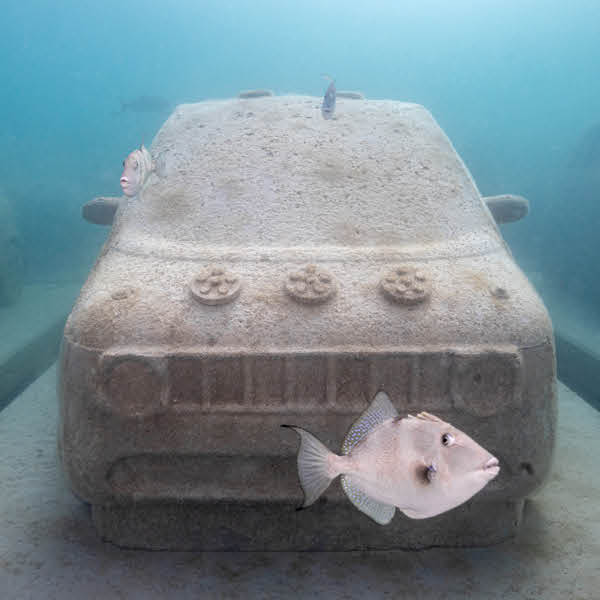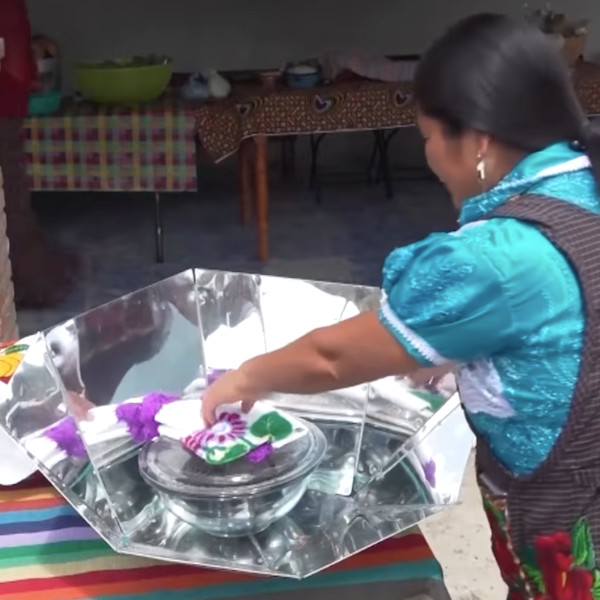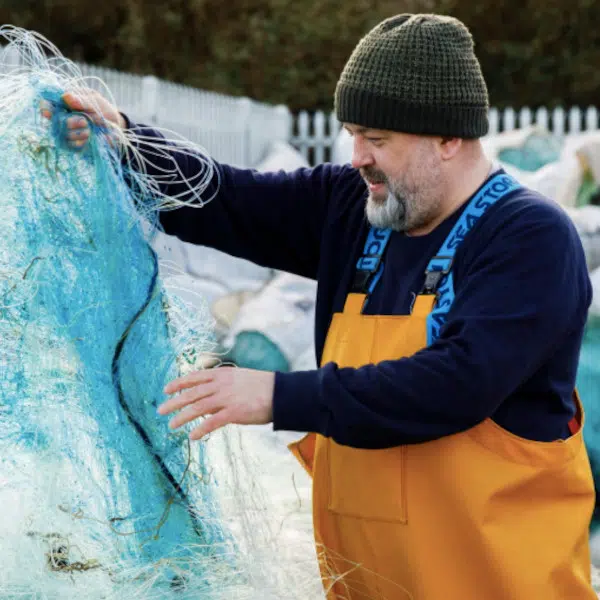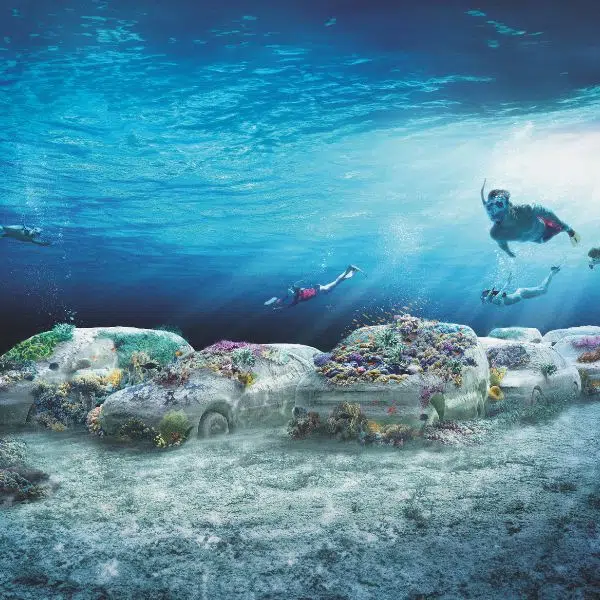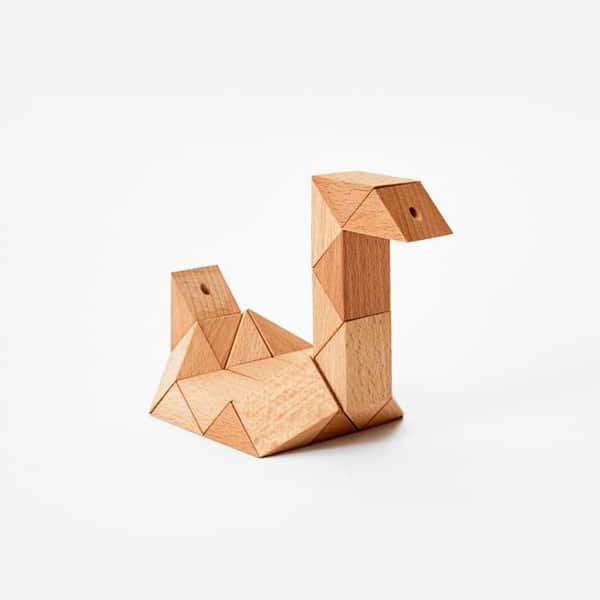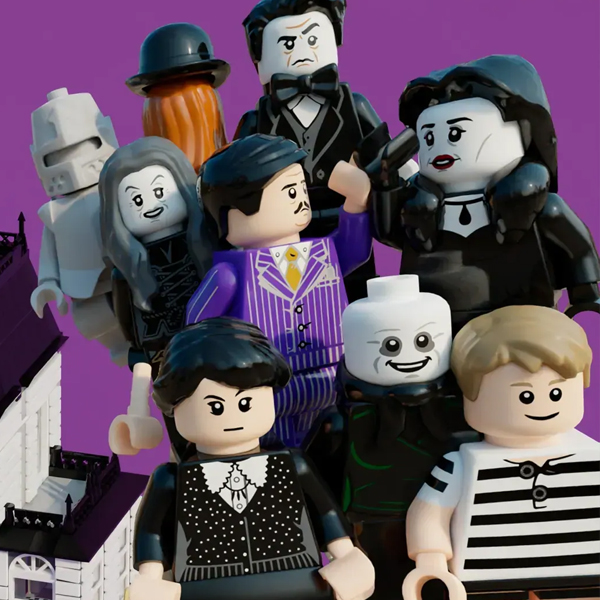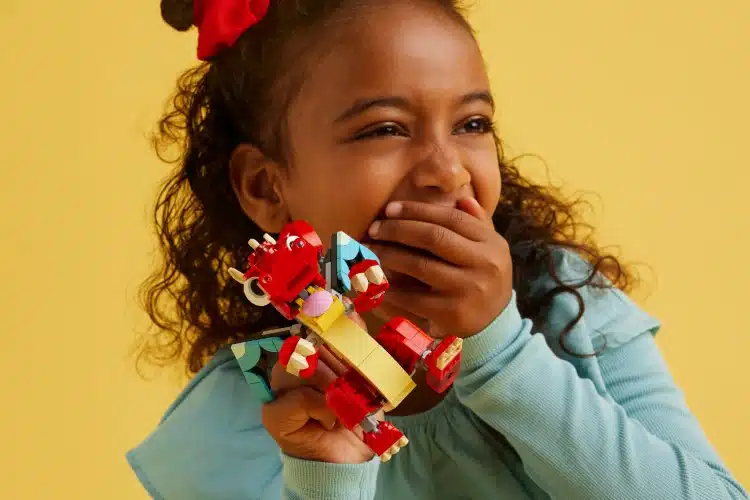
LEGO wants to make its beloved bricks more Earth-friendly, and it recently set an ambitious new goal for 2026: to source 50% of its brick plastic from renewable materials. As the most valuable toy brand in the world, LEGO is in a powerful position to drive the adoption of greener products and processes.
“By doing this, the company aims to help accelerate the industry’s transition to more sustainable, high-quality materials,” LEGO stated in a press release. LEGO uses a supply chain tracing method called mass balance to determine how much of its materials come from sustainable sources. Currently, about 78% of its technicolor bricks still come from fossil fuels—that’s down from 88% in 2023.
In 2021, about 90% of all plastics worldwide came from fossil fuels. LEGO has already tested more than 600 materials as part of a mission to use only renewable or recycled content by 2032. Some of its current, more eco-friendly suppliers use cooking oil, food industry waste, and/or recycled materials instead of fossil fuel-derived plastic. LEGO pays up to 70% more to buy these materials. The company sees its latest commitment to 50% renewable content as part of an industrywide eco-conscious shift.
“We sense more activity and willingness to invest in this now than we did just a year ago,” says CEO Niels Christiansen. In 2023, LEGO committed to triple its spending on sustainability initiatives to about $445 million a year (about 3 billion Danish kroner) by 2025.
LEGO’s other sustainability goals include switching to all-recyclable packaging, reaching net zero greenhouse gas emissions by 2050, and expanding its Replay program, in which consumers can return old bricks to the company for reuse (with free shipping) throughout the U.S. and Europe.
LEGO has also experimented with several greener prototype bricks in recent years, including collections made from sugarcane and recycled plastic bottles.
In 2019, Mattel, another leading toy maker, set a goal to use 100% recycled, bio-based, or recyclable plastics by 2030. Hasbro has also committed to reducing its reliance on fossil fuels, including a plan to revamp the iconic Potato Head with entirely renewable or plant-based materials.
LEGO has an ambitious mission to use 50% renewable plastic by 2026.

LEGO remains the leading toy brand in the world, selling billions of bricks annually.
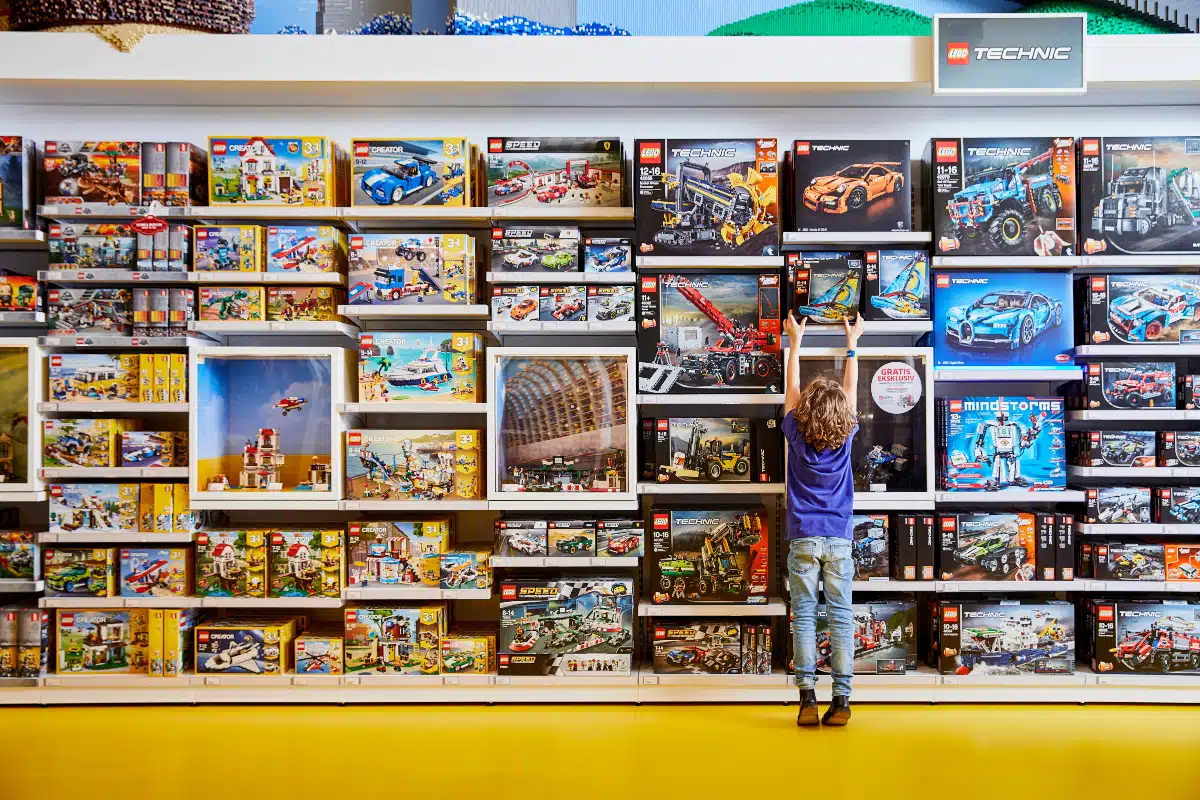
LEGO has already tested more than 600 materials as part of a mission to use only renewable or recycled content by 2032.
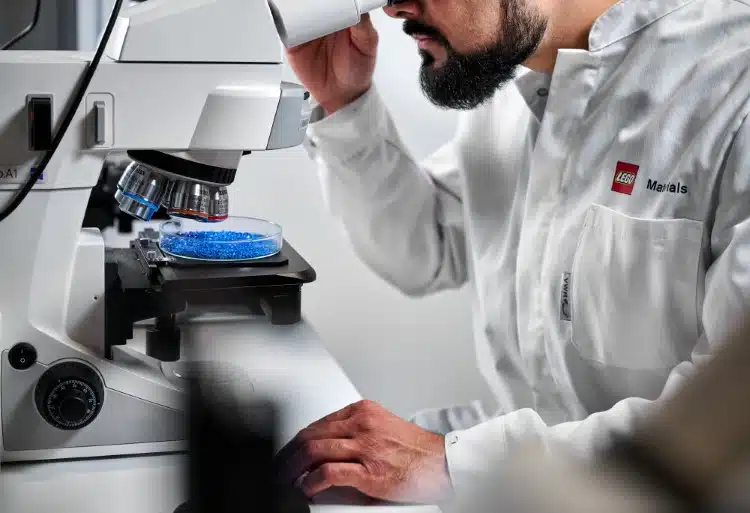
In the first half of 2024, 30% of all resin LEGO purchased was mass balance certified, translating to an estimated average of 22 percent material from renewable and recycled sources.
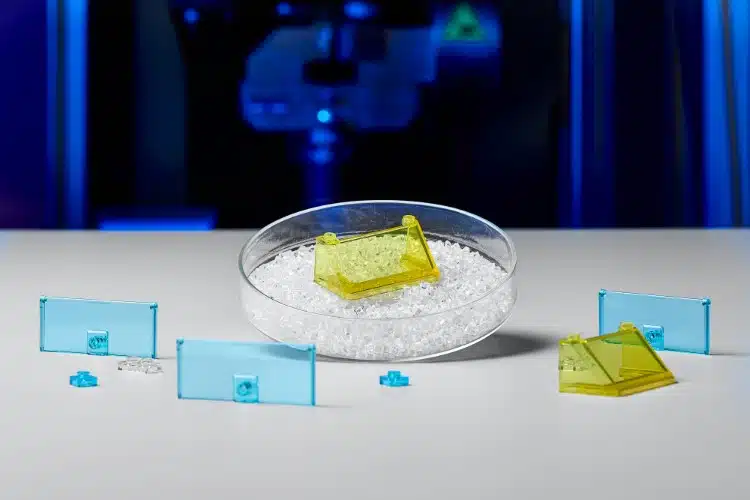
LEGO’s other sustainability initiatives include its Replay program, which helps consumers recycle used bricks for reuse.

LEGO: Website | Instagram | Facebook
All images ©2024 The LEGO Group.
Related Articles:
LEGO Unveils New Sustainable Toy Bricks Made From Recycled Plastic Bottles
LEGO Will Launch Its First Ever Sustainable Collection Made From Sugarcane
Teen Collects, Cleans, and Packages Custom LEGO Brick Sets To Donate To Underprivileged Kids











































































